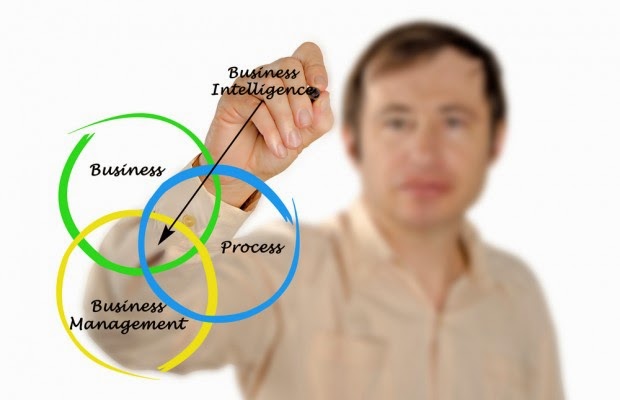
Observing the growth of business intelligence in the retail industry, customer relationship management (CRM) as a primary driver in the astute business people to redesign their business intelligence focus on the customer. Retail companies generally have a large customer and the customer generally has different desires.
With the implementation of CRM is the management can automate interactions with customers and sales teams and can analyze customer data obtained f
rom the POS transactio...

















